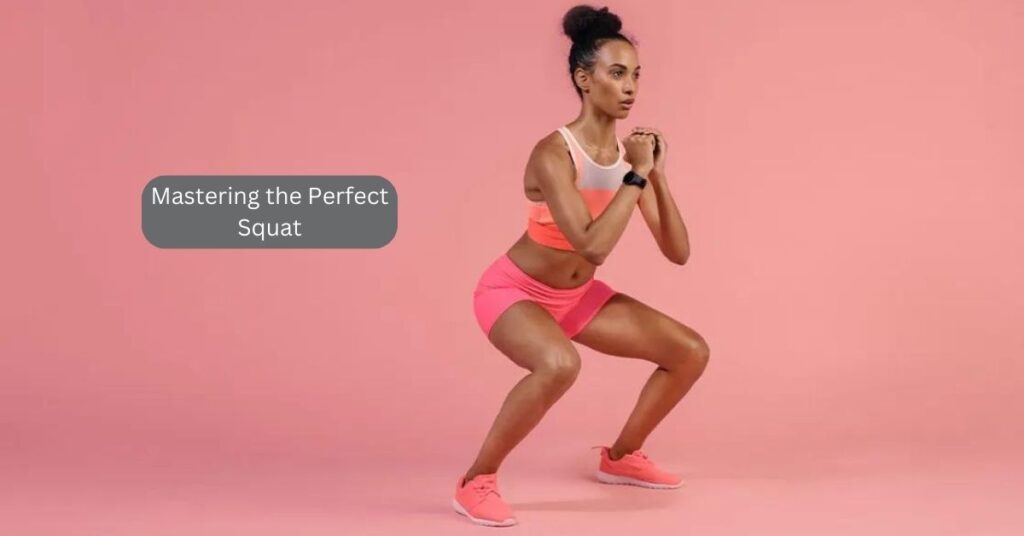Squats are a staple in many workout routines, but executing them with proper form is essential for effectiveness and injury prevention. This guide unveils the secrets to a perfect squat, common mistakes to avoid, and various squatting exercises for a toned backside.
Squat Exercise Benefits
Squats target the quadriceps, hamstrings, and glutes, enhancing strength, stabilization, and thigh muscle mass. Improving vertical jump and sprint performance, squats offer a comprehensive lower-body workout.

Common Mistakes
Initiating the squat at the knees, bending too far down, and relying too much on the hamstrings are common errors. Proper form involves starting at the hips, maintaining a 90-degree knee angle, and pushing through heels when standing.
Modified Squats
For beginners or those facing balance issues, modified squats are beneficial. Use an exercise ball against a wall or a chair for support. This ensures proper form and engages the right muscle groups.
Squatting Position
Mastering the right squatting position involves standing shoulder-width apart, keeping the chest up, and bending at the hips and knees. It emphasizes maintaining a 90-degree angle, preventing knees from crossing toes.
Squats Without Knee Pain
Executing squats to tone your backside without knee pain requires mindful foot placement, engaged core, and proper hip and knee alignment. Squeezing glutes at the top enhances effectiveness.
Squats with Weights
Elevate your squat routine by adding weights. Hold dumbbells at your sides and maintain proper form. This intensifies the workout, targeting additional muscle groups.
Exercises for Better Squats
Incorporate preparatory exercises like counter mini squats, toe lifts, standing pelvic tilts, and kneel sits to engage key muscle groups and improve squat performance.
Squat Variations
After mastering the basic squat, explore variations like split squats, jump squats, single-leg squats, plié squats, sumo squats, Bulgarian split squats, and goblet squats for a diversified lower body workout.
Conclusion:
Perfecting the squat requires understanding common mistakes, modifying for beginners, and incorporating diverse exercises. Whether aiming for a toned backside or overall lower body strength, mastering proper form and exploring variations is the key to a successful squat routine.
FAQs:
- Why is proper squat form important?
- Proper form ensures effective muscle engagement and reduces the risk of injury during squats.
- Can squats be modified for beginners?
- Yes, beginners can use support like a chair or exercise ball to practice modified squats before attempting a full squat.
- How do I prevent knee pain during squats?
- Focus on proper foot placement, engage your core, and ensure your knees don’t go past your toes to prevent knee pain during squats.
- Are squats effective for toning the backside?
- Yes, squats engage the glutes and hamstrings, making them an effective exercise for toning the backside.
- When should I incorporate weights into my squat routine?
- After mastering the basic squat, weights can be added for increased resistance and a more challenging workout.
